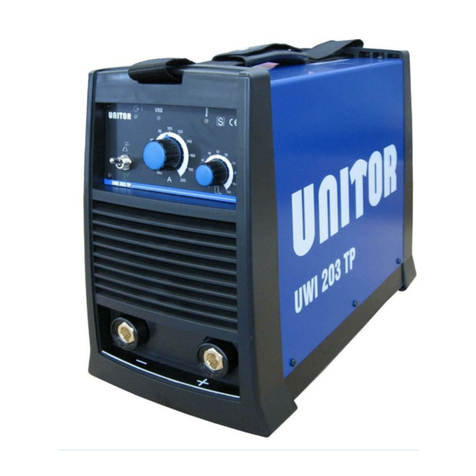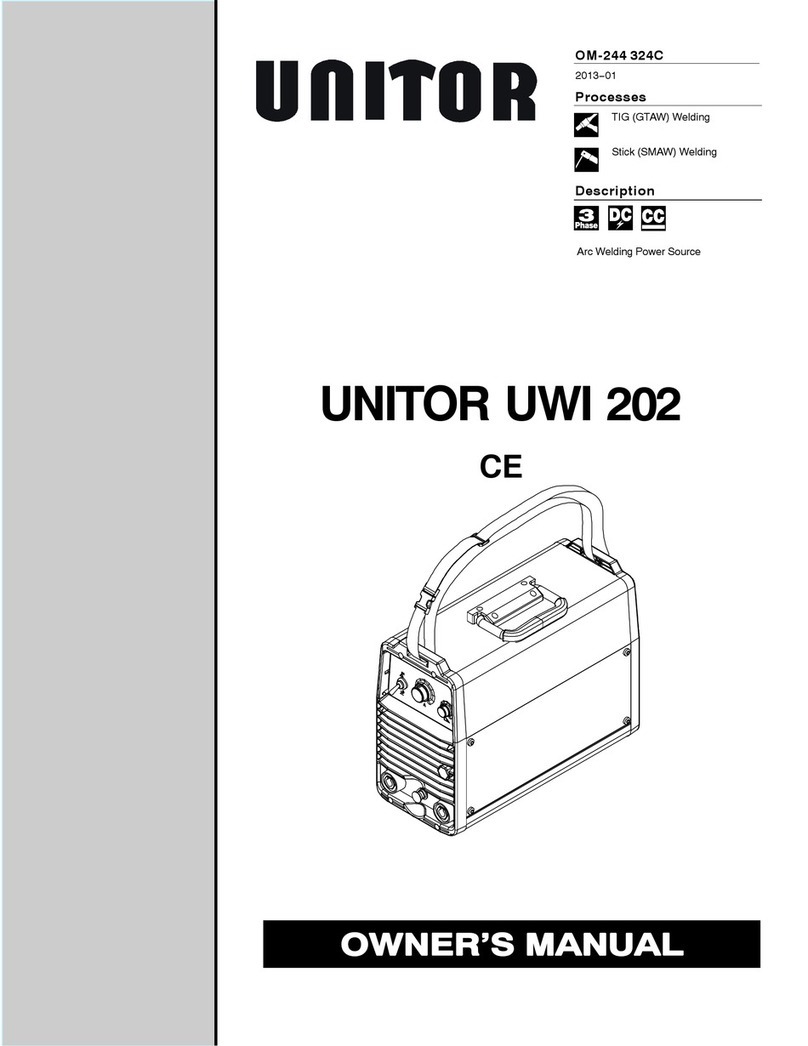Unitor UPC-310 TP User manual
Other Unitor Welding System manuals
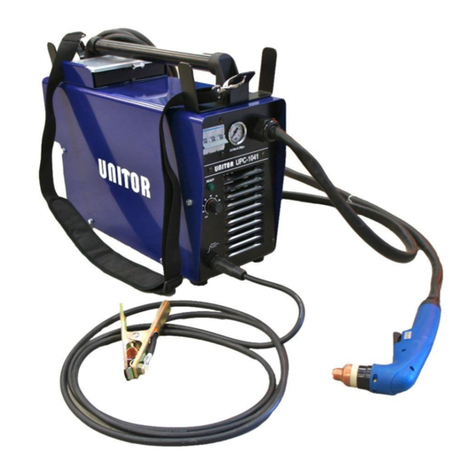
Unitor
Unitor UPC 1041 User manual
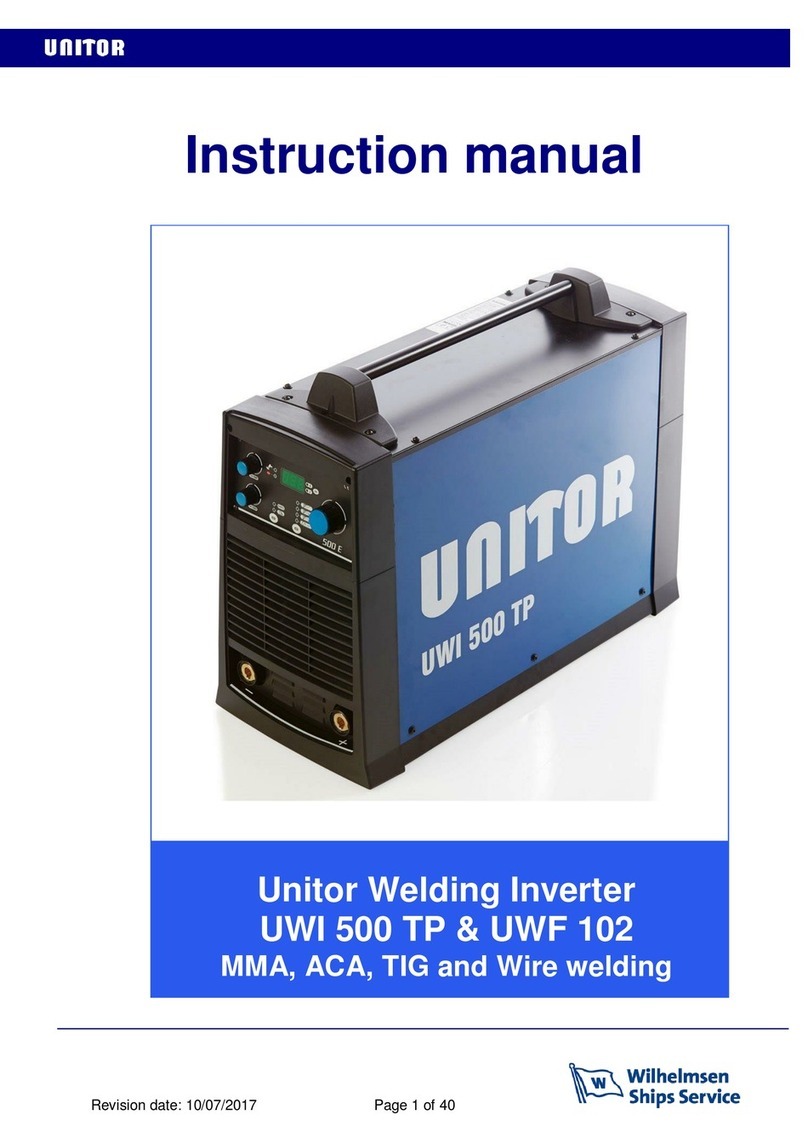
Unitor
Unitor UWI 500 TP User manual
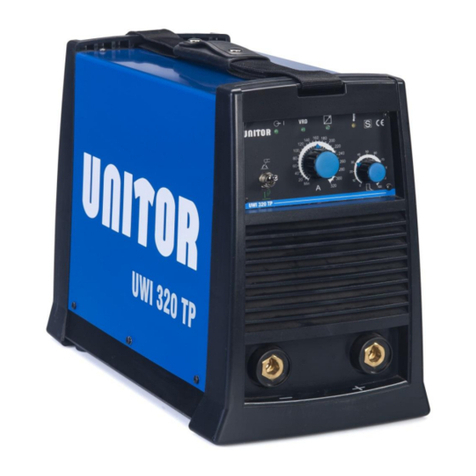
Unitor
Unitor UWI 320 TP User manual
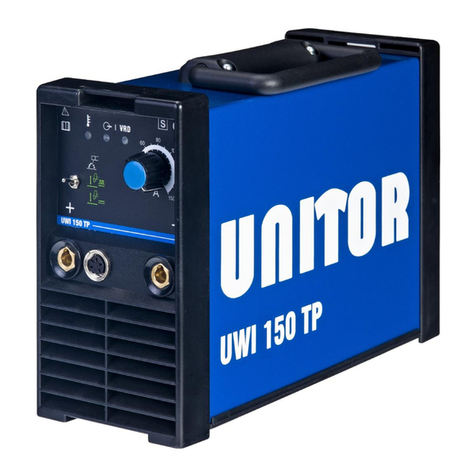
Unitor
Unitor UWI 150 TP User manual

Unitor
Unitor UWI 230 TP AC/DC User manual
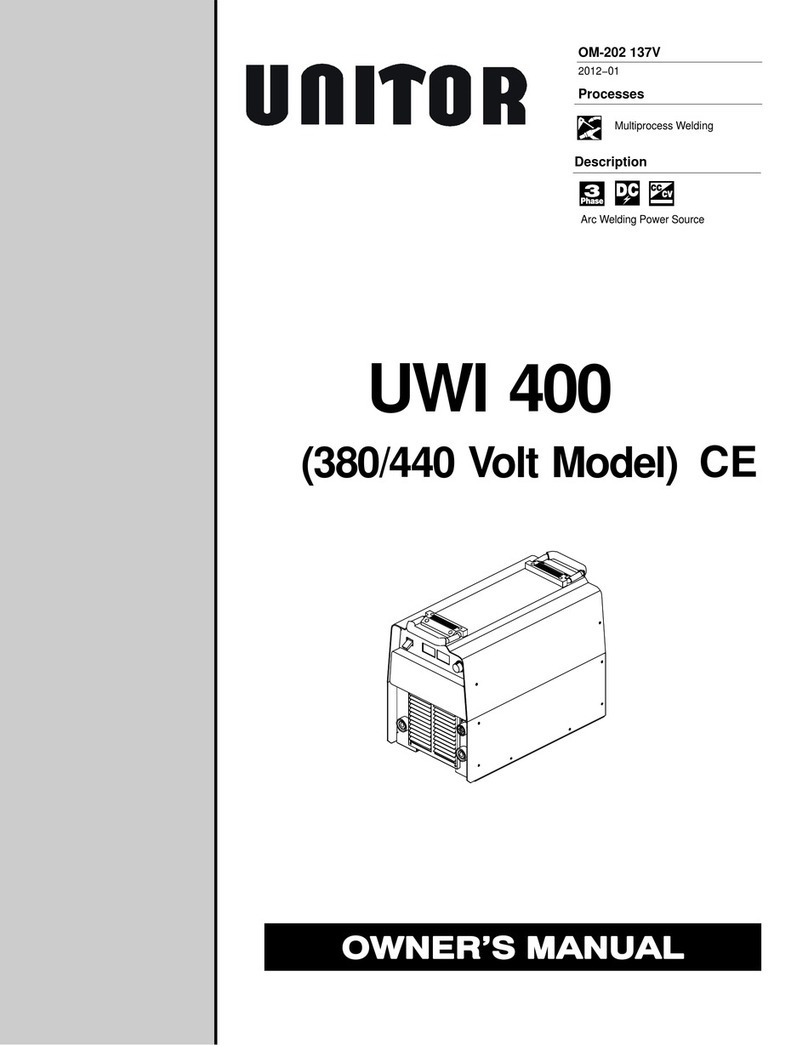
Unitor
Unitor UNITOR UWI 400 User manual

Unitor
Unitor UWW-161 TP User manual
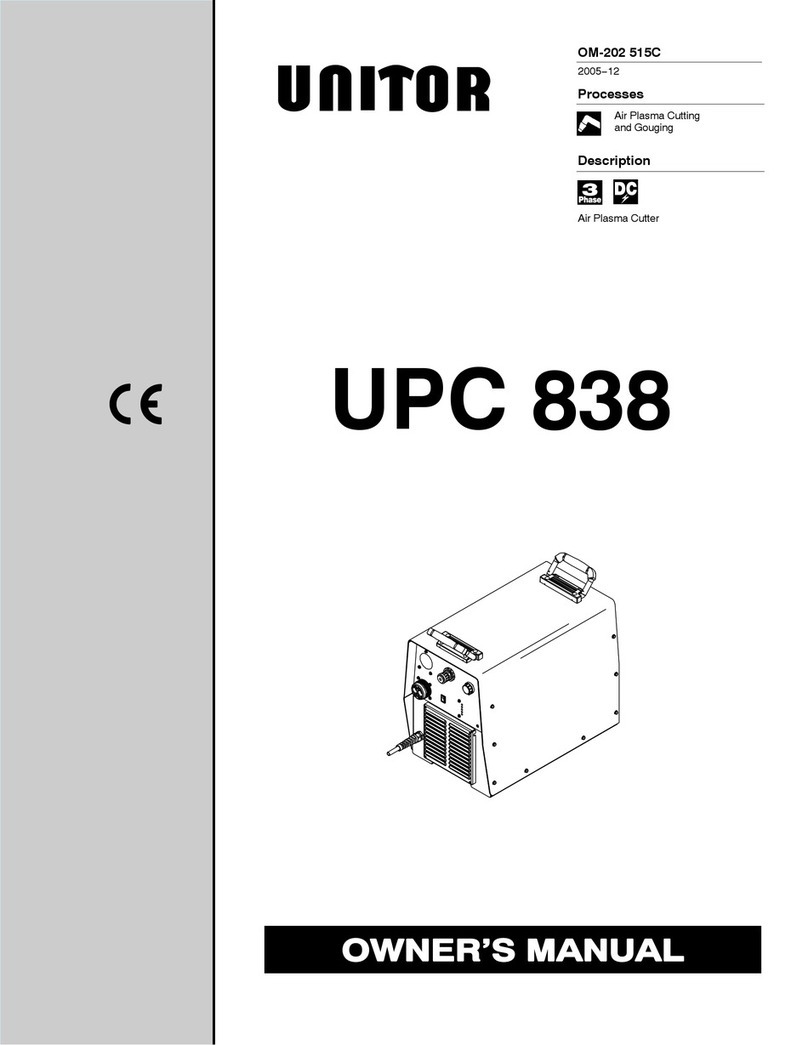
Unitor
Unitor UPC 838 User manual

Unitor
Unitor UNITOR UWI 400 User manual

Unitor
Unitor UPC 1041 User manual
Popular Welding System manuals by other brands

Hobart Welding Products
Hobart Welding Products AirForce 375 owner's manual

GF
GF MSA 330 instruction manual

Hakko Electronics
Hakko Electronics FX-888D instruction manual

Abicor Binzel
Abicor Binzel ABIPLAS WELD 100 W operating instructions

EWM
EWM Taurus 355 Basic TDM operating instructions

Thermal Dynamics
Thermal Dynamics PakMaster 100 XL plus operating manual
